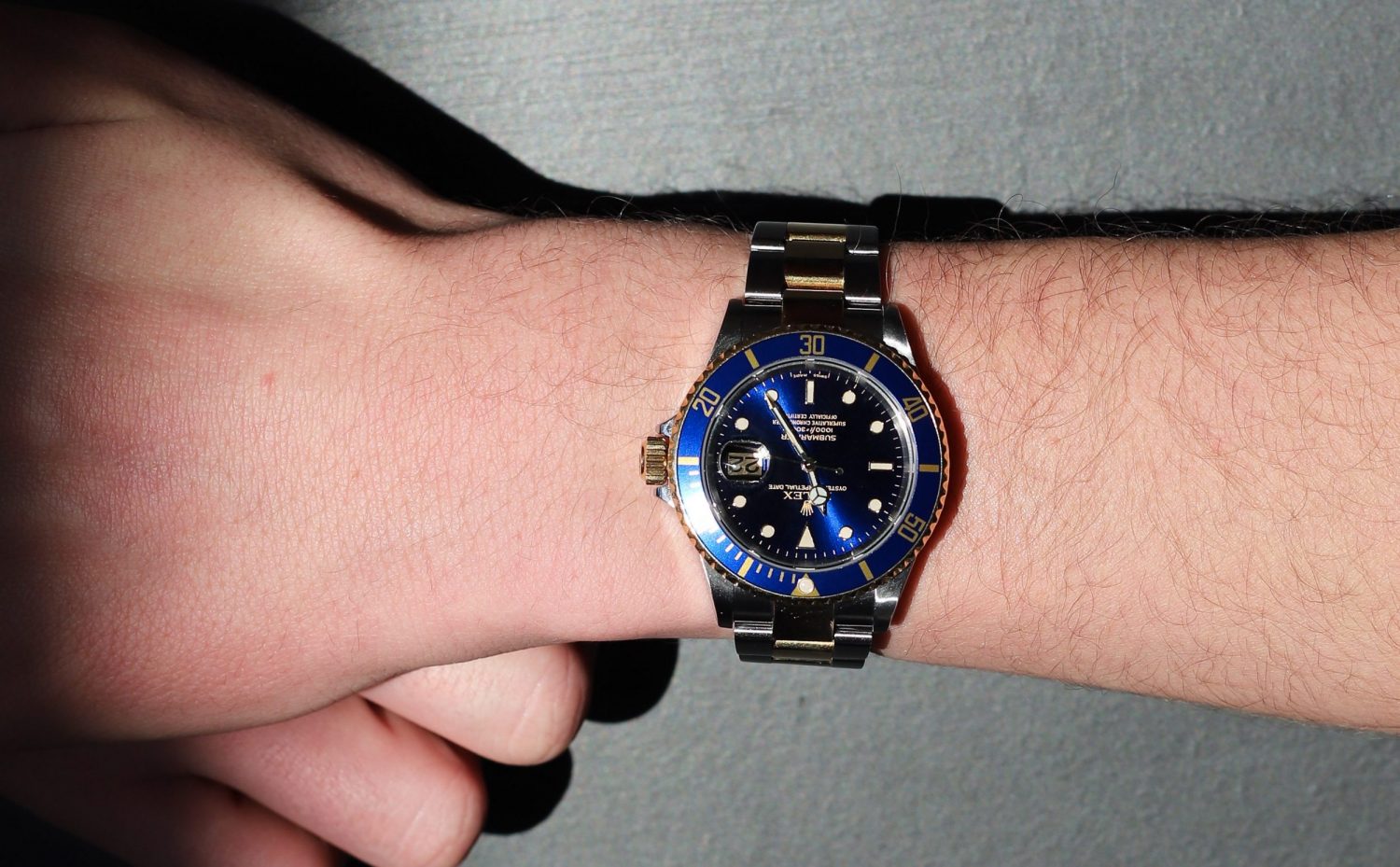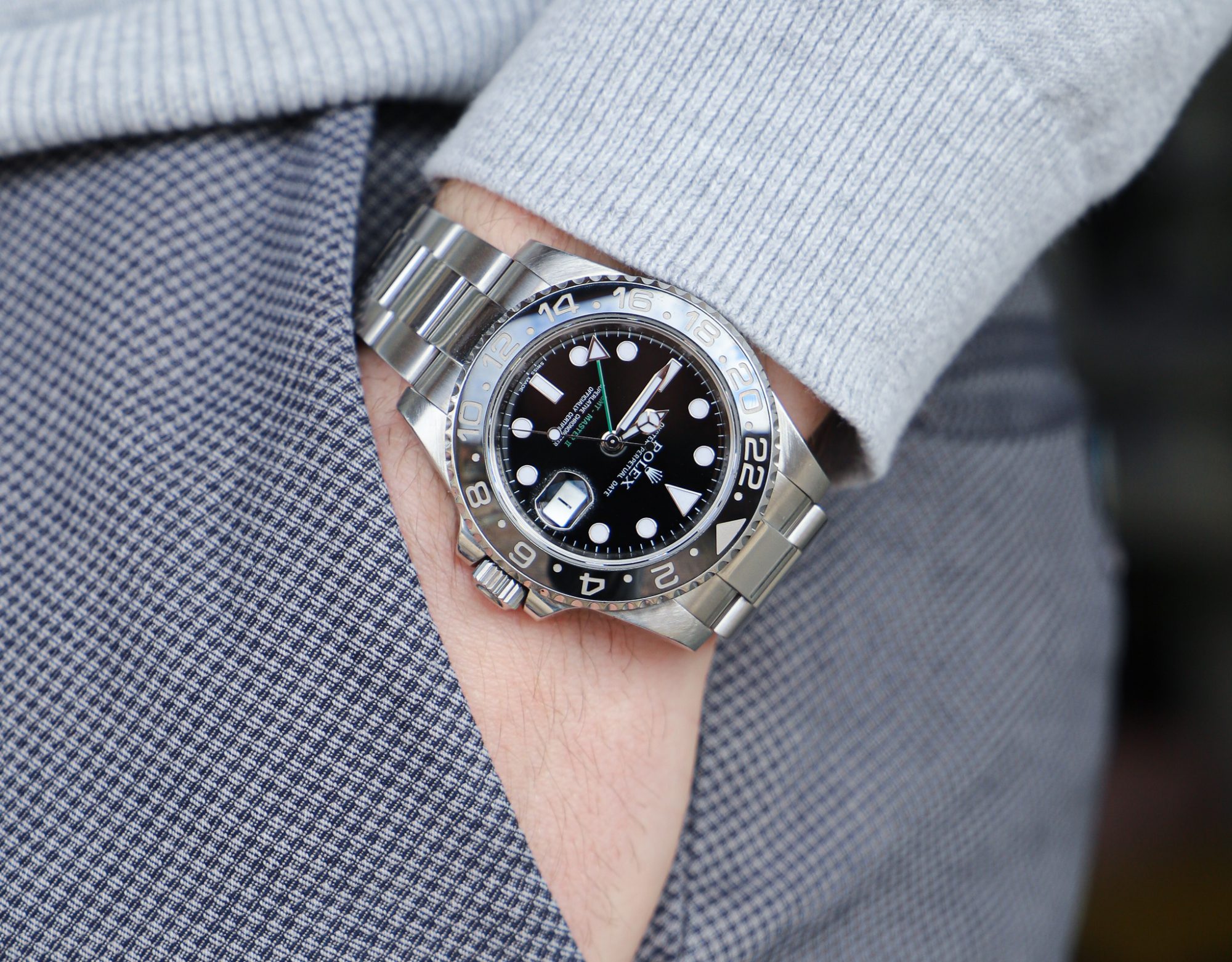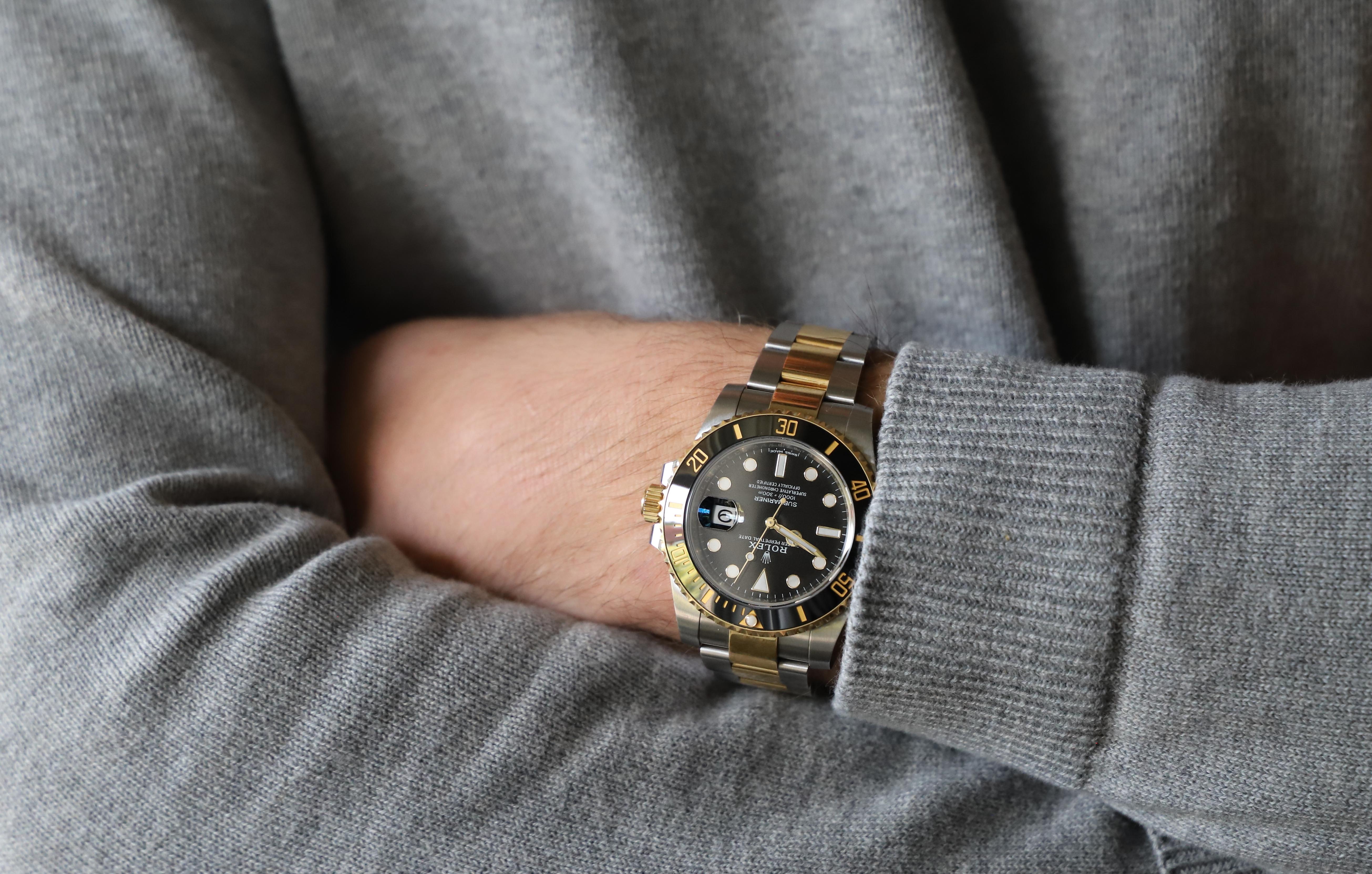
Watch Size Guide – Wristwatches and Sizes
The size of the watch is at least as important as the design of the watch itself. Just like clothes, the fit is crucial for how the watch is perceived and how well it sits on you.
With that said, the watch size is something you should consider for your next watch purchase. Both according to your own preference and fit, but also according to your wrist size.
Watch size guide
When talking about watch sizes, the dimension that we focus on the most is the diameter of the watch. The diameter is the most common way of measuring watch, and generally speaking, it is what has the biggest effect on how small or large a watch wears. However, it’s important to know that other factors also affect how small or large the watch wears.

Things like thickness, design, bracelet, and lug-to-lug size also have an effect on how a watch wears. This is why a watch with a relatively small diameter can wear much larger than a watch that has a smaller diameter on paper, so don’t only stare yourself blind at the diameter. If you are looking to buy a new watch, look at pictures and try to understand the lines and forms of the watch.
Furthermore, things like the strap will also have an effect on the perceived size of the watch. This is why you can often hear people say that their watch wears completely different when it is on a strap as opposed to a metal bracelet.
Lug-to-lug
It’s important not to neglect the importance of the lug-to-lug size of the watch as this plays an important role in how it wears. The lug-to-lug size is the distance between the end of the bottom lug to the end of the top lug.
A general rule is that if the lugs stand out from the wrist on both sides, the watch is too large. With that said, as the lug length decides whether or not the lugs fit on your wrist or not, it’s a dimension that you should take into consideration apart from the diameter.

Case size
Over the years, the taste and fashion of wristwatch sizes have changed. Back in the day, women wore minuscule decoration watches, whereas the men wore watches that would more or less be considered ladies’ watches today.
Generally speaking, 36mm is considered a unisex size that can be worn both by men and women. More commonly today, the men’s size ranges from between 38mm and 46mm in diameter. For vintage watches, the size is naturally smaller, where 34mm and 36mm is a normal size for men.
Type of watch
Different watches are worn on different occasions. With that said, depending on the type of watch, the size may also vary. For example, for a dress watch that you are going to wear together with a smoking, it may be more suitable with something small and neat. At the same time, if you are going diving, a large diving watch may be the more appropriate choice.
With that said, choose the watch and size according to the occasion and your outfit as well.
Watch sizes
Below you can find a simple list of different watch sizes and how they are often defined.
- Less than 34 mm – Small size
- 34 mm – 38 mm – Medium size
- 39 mm – 42 mm – standard
- 43 mm – 46 mm – XL / Oversized
- Larger than 47 mm – XXL
Conclusion
At the end of the day, you should wear a watch that you feel comfortable with. Yes, the tips above are general watch size guidelines, but most important is that you are happy with the size of your watch and how it sits on your wrist. In recent years,




